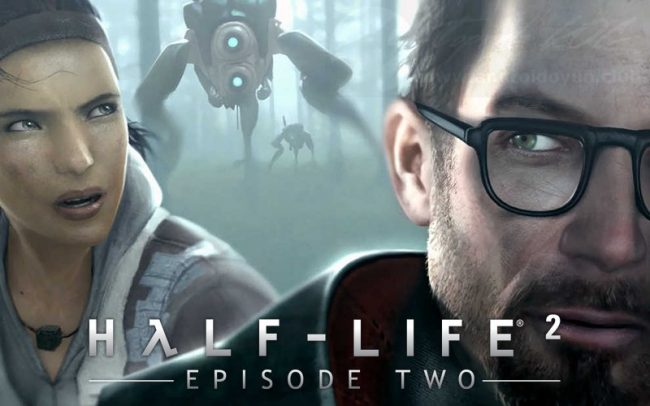
The plan for smaller, faster releases didn’t line up with the studio’s ambition for the project, and the scope of Episode Two increased past its original concept. Watch our full interview with Valve's Gabe Newell and Robin Walker above.Įpisode Two actually took two years to make – Valve started work on it at the same time as Episode One. “We found ourselves creeping ever forward towards, ‘Well, let's just keeping putting more and more, and more, and more stuff in this game because we want to make it as good as we can,’” he explains, “and then we realized these episodes are turning more into sequels.” While Episode One was successfully developed in about a year, Casali says “scope creep” became a problem. That plan didn’t work out entirely as Valve had hoped. Of course, I pointed out the irony of him saying Valve disliked going dark for six years when the gap between Episode Two and Alyx ended up being more than double that, to which Casali jokingly replied “yeah, it's like we adjusted to an extreme” after they moved away from the quicker episodic format.īut, regardless of how it ended, a plan was set to develop and release each episode in a year, designing them as shorter additions to the story to keep players satisfied more frequently.

We think players are going to prefer that from waiting six years and going through however many delays we went through.’"

Let's just bite off little chunks and then release more often. We understand the characters, we understand the story, we have most of the mechanics.

That's why we started doing the episodes where we thought, ‘well, we have the stable technology now. “After working on Half-Life 2 for six years we decided we didn't want to go dark for so long.


 0 kommentar(er)
0 kommentar(er)
